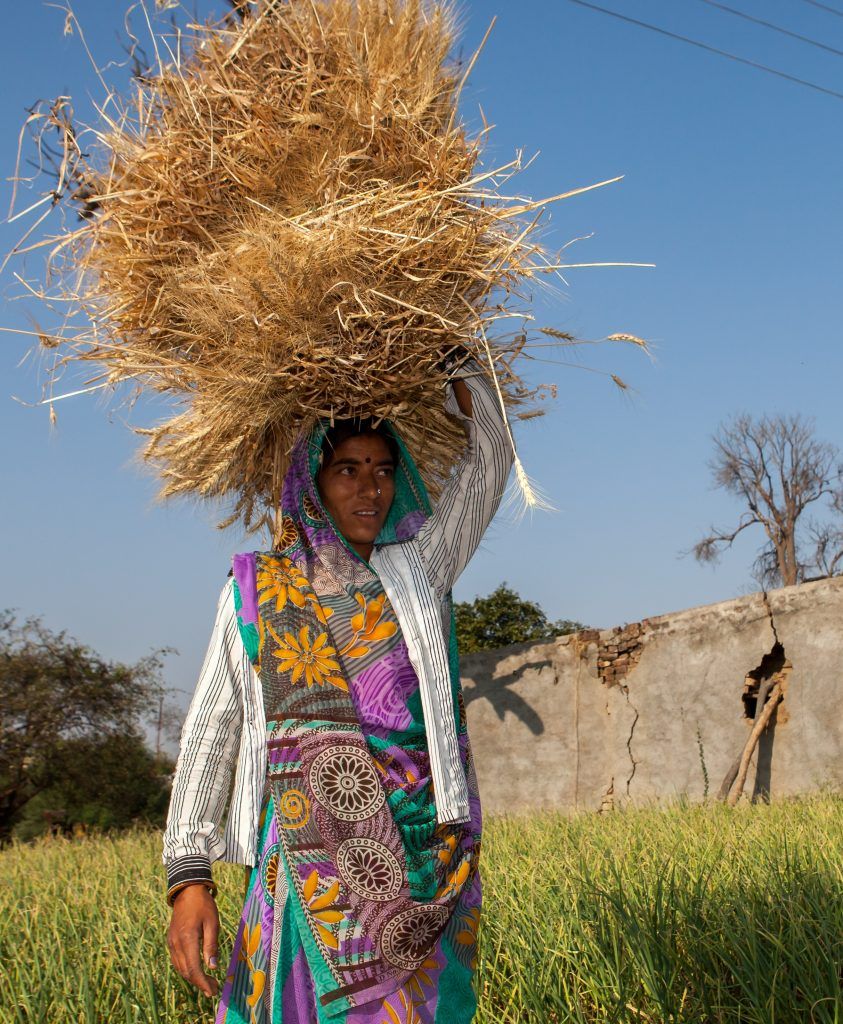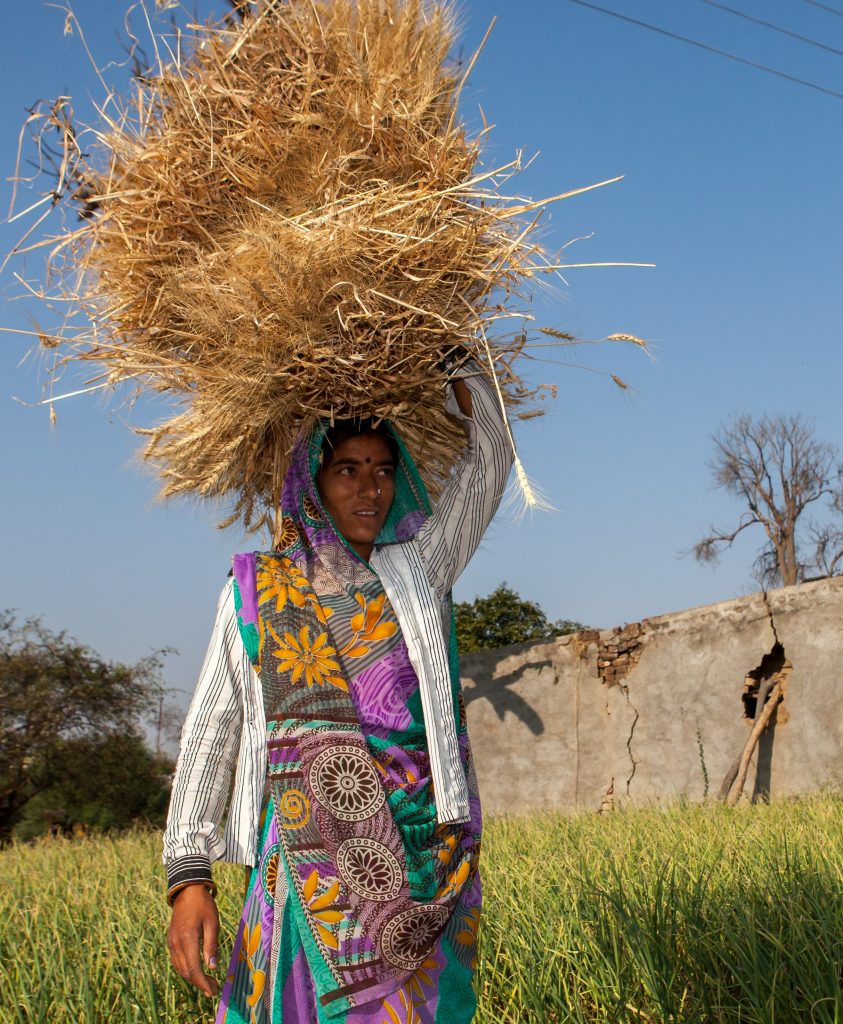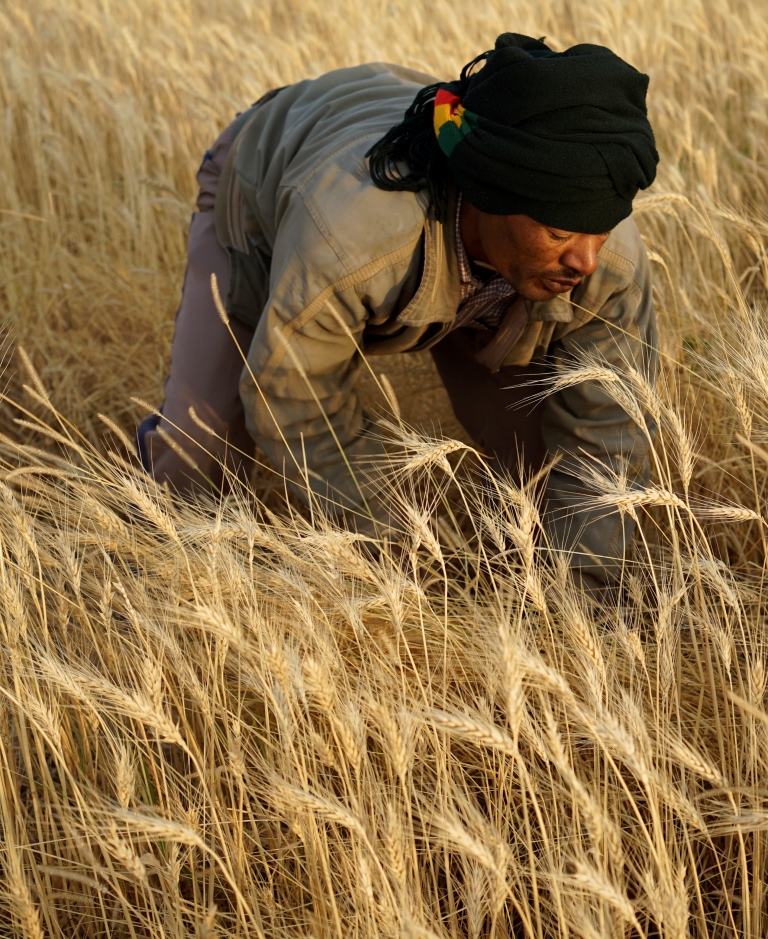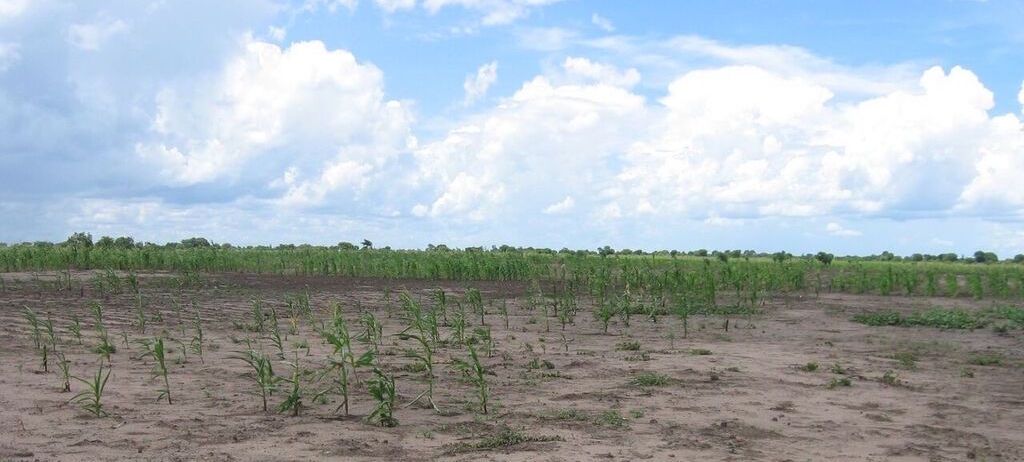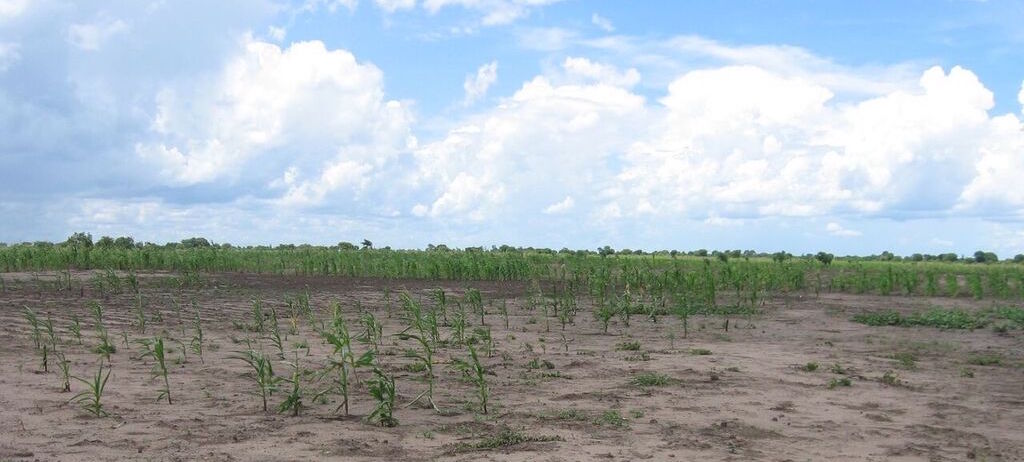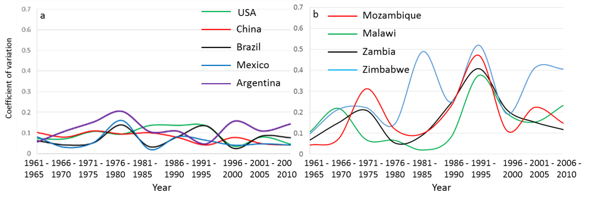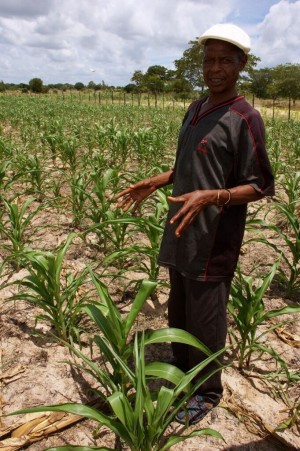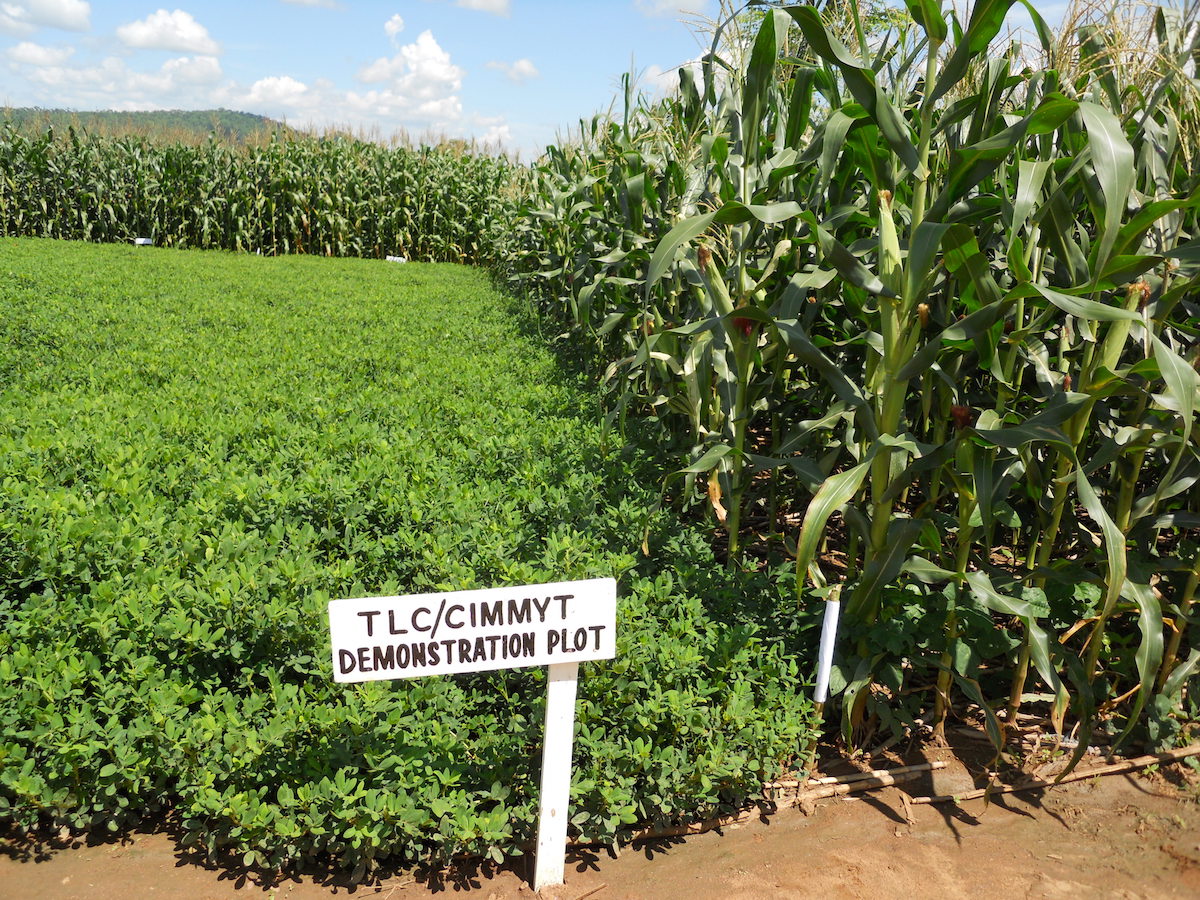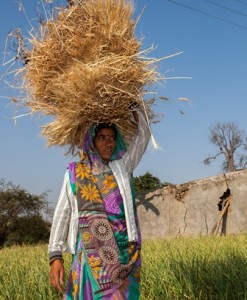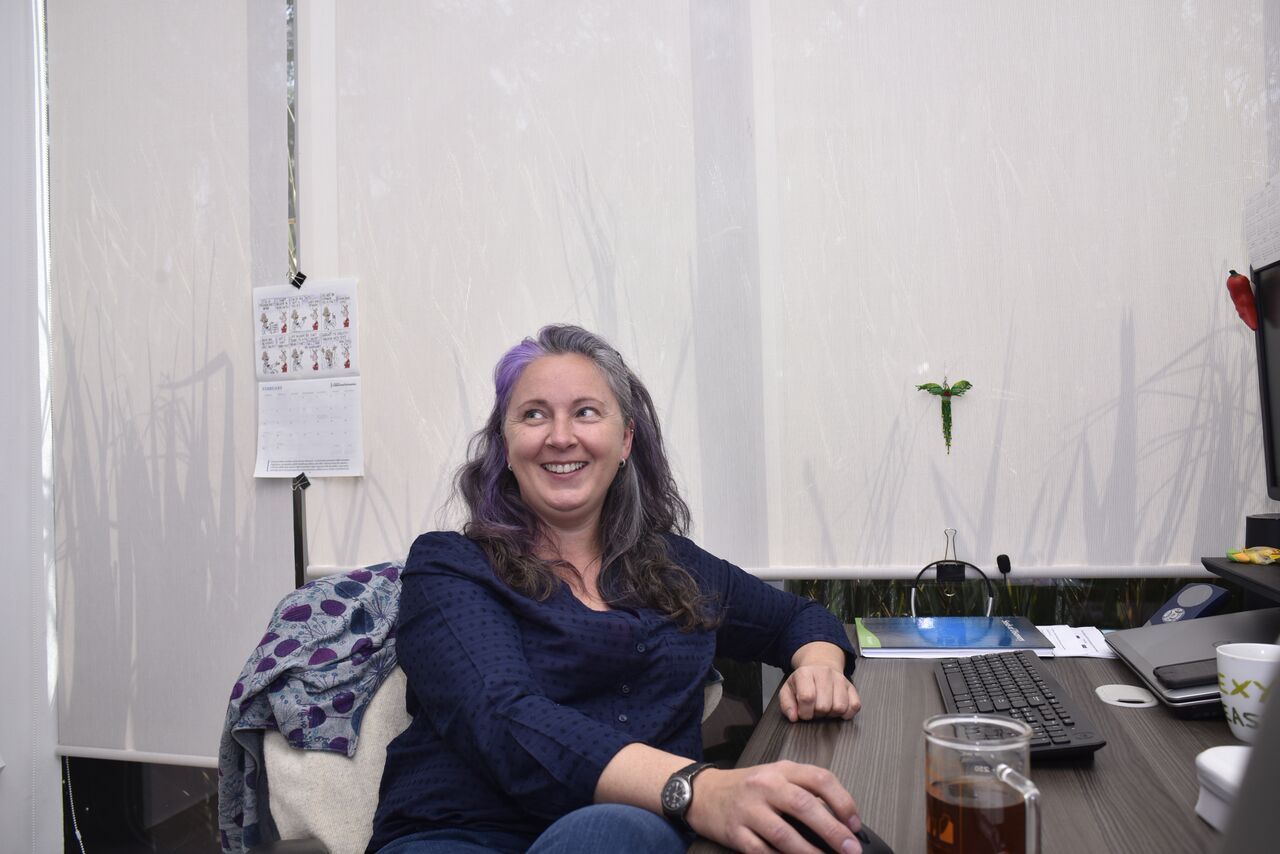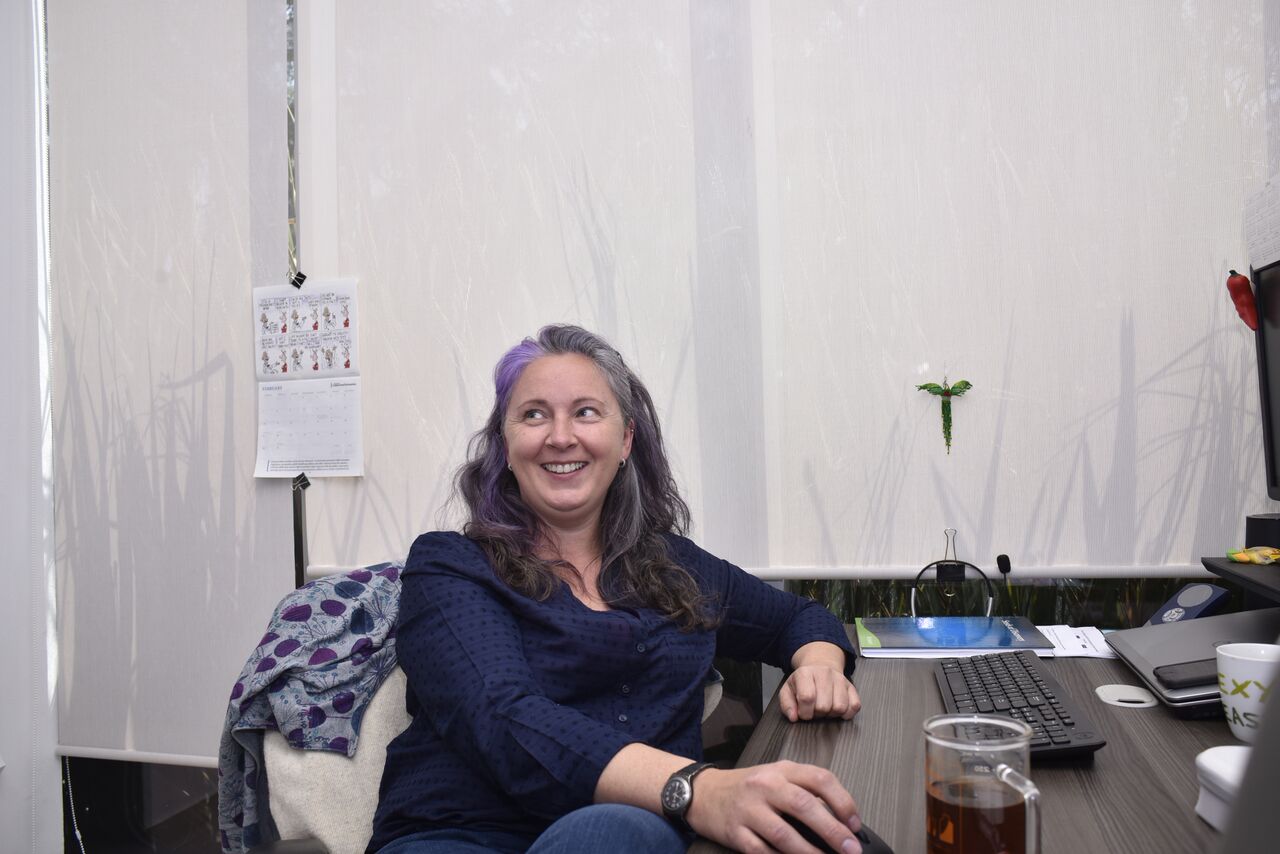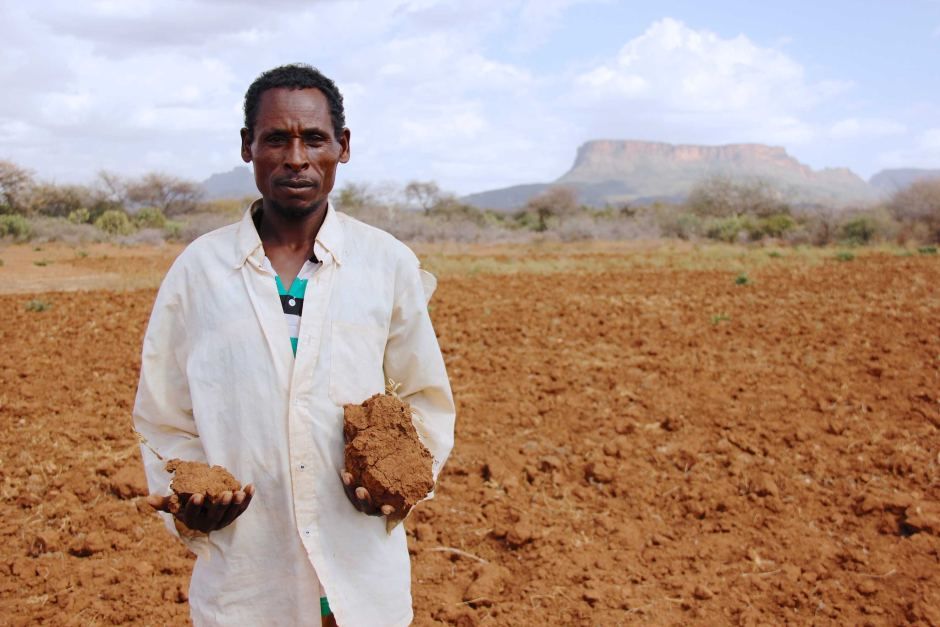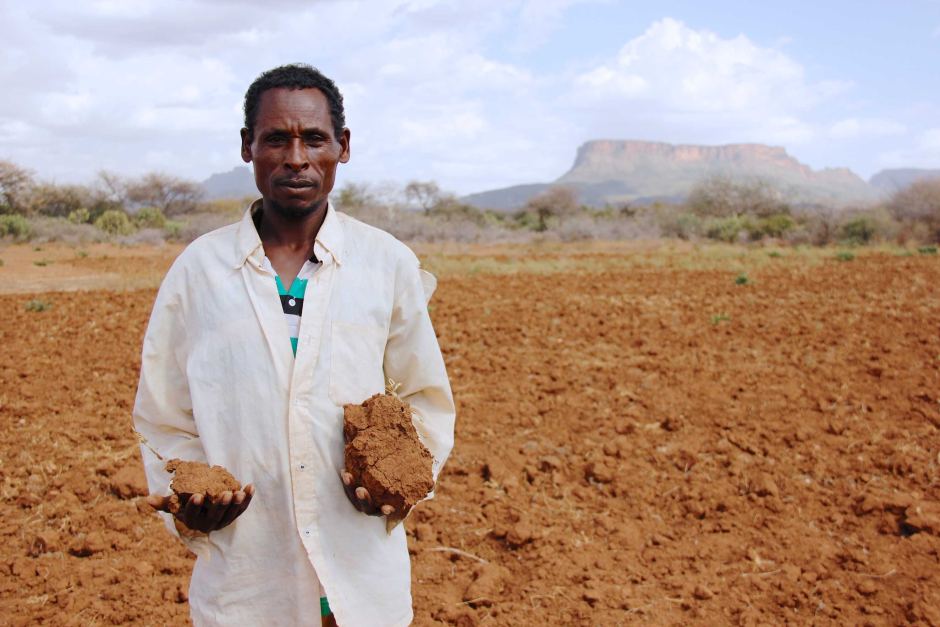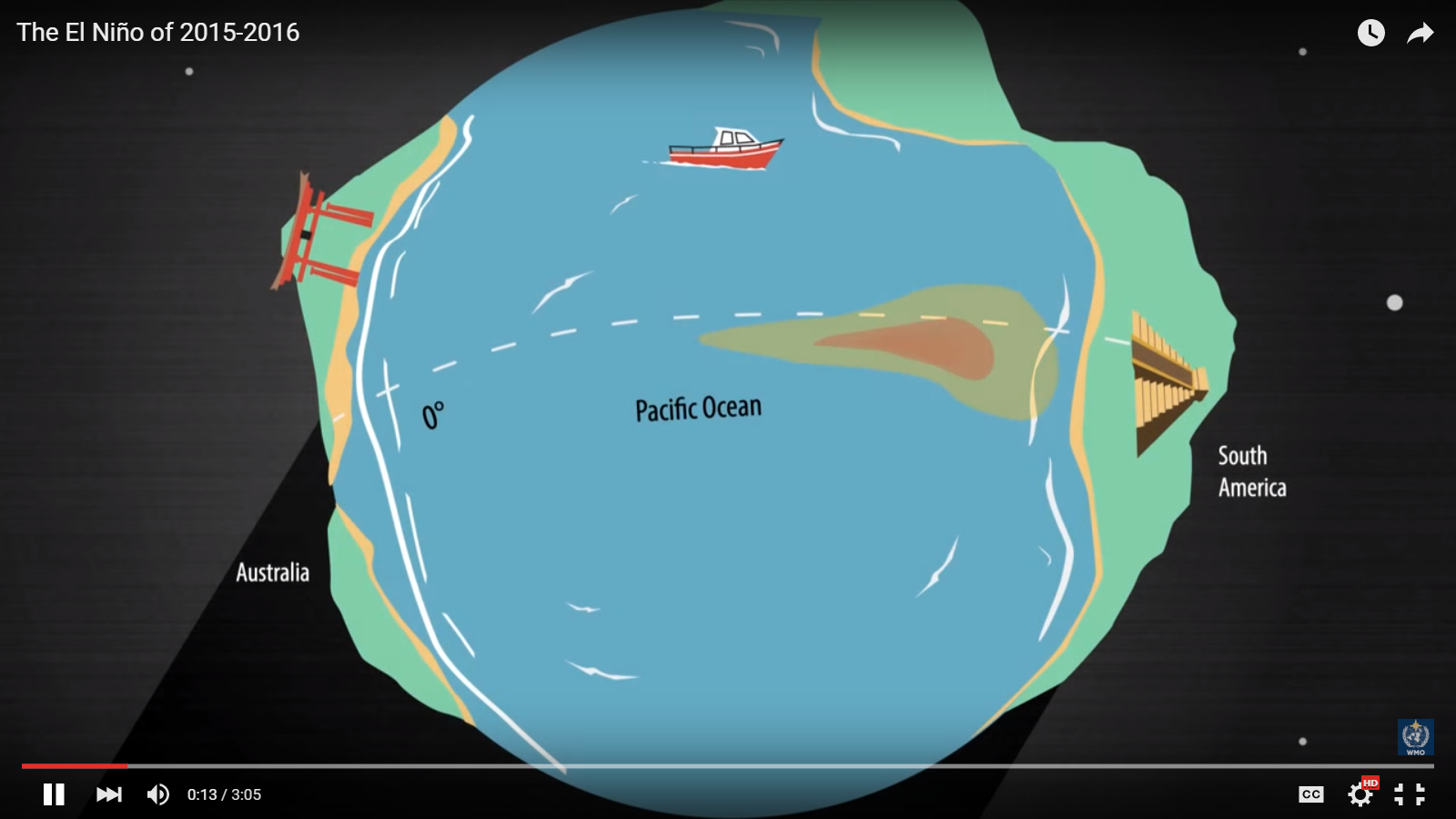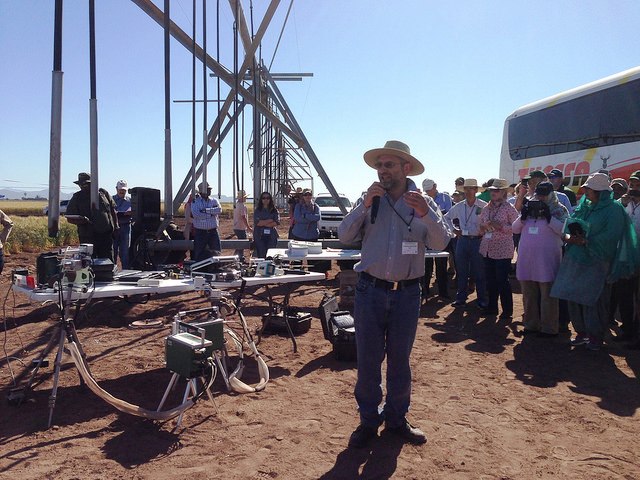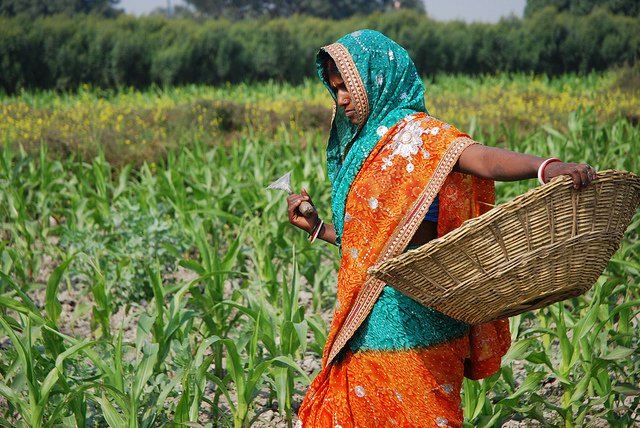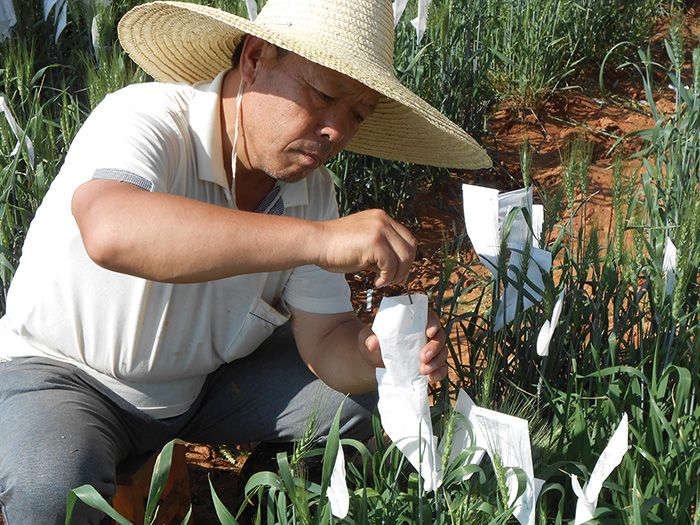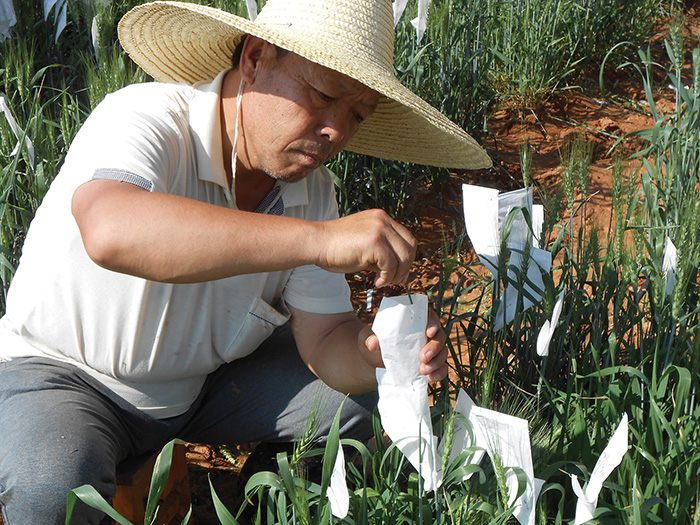Tackle food insecurity with homegrown education, Food Prize delegates say

DES MOINES, Iowa (CIMMYT) – Africa must develop a strong educational infrastructure to address the challenges of poverty, malnutrition and food insecurity, said experts at the World Food Prize Borlaug Dialogue in Des Moines, Iowa, recommending reforms at both the institutional and individual level to help smallholder farmers.
Almost 220 million people of the 1.2 billion people who live in Africa are undernourished. In sub-Saharan Africa, which lags behind regional and global trends, hunger affects about one out of every four people, according to the U.N. Food and Agriculture Organization.
“African countries must become more self-reliant when it comes to education, building on historical achievements to establish a strong infrastructure – not focused only on academic research, but with a practical ‘science for impact’ component as well,” said Martin Kropff, director general of the International Maize and Wheat Improvement Center (CIMMYT).
“Many people think education and capacity building are just about training or earning a doctoral degree, but it’s more extensive than that. It’s important to develop a proper framework for training individuals and institutions to ensure countries can achieve development goals.”
CIMMYT trains scientists throughout the developing world to become maize and wheat breeders. In Africa, where CIMMYT conducts 40 percent of its work, a screening facility for maize lethal necrosis disease and a center for double haploid breeding are also used as training facilities for capacity building, also helping to bolster national agricultural systems.
Kropff, who served as rector of Wageningen University and Research Center in the Netherlands before joining CIMMYT in 2015, is laying the groundwork for a “CIMMYT Academy.” The academy will pull together a range of existing training programs, uniting them into a coherent set of activities affiliated with universities throughout Africa to help breeders learn a variety of skills that can broaden their knowledge base.
“The key is to take a unified approach, sometimes a maize or wheat breeder needs also to learn technological and socioeconomic aspects of the work — we need integration – a more well-rounded approach – to really have impact,” Kropff said, adding that each innovation has a socioeconomic component and technological component.
“If we want to help countries in Africa struggling to establish a functional seed distribution system, we have to involve the private sector, so we also need to train people to become entrepreneurs,” he added.
FOUNDATION AND GROWTH
In the 1960s and 1970s, the international community helped set up the first educational development programs throughout Africa creating leadership candidates who subsequently trained many people, said Gebisa Ejeta, the 2009 World Food Prize laureate whose drought-resistant sorghum hybrids have increased food supply for millions of people throughout sub-Saharan Africa. Over time, these programs have provided the necessary foundation upon which to build institutions, he said.
“Nothing is more foundational for development than having native capacity at the human level as well as at the institutional level to really take more experiential learning forward and that way also to benefit greatly from development assistance,” Ejeta added. “Otherwise, it becomes an activity of external programs coming in and out.”
Africa has benefited over the past 10 years from being part of a new global landscape, Ejeta said, pointing to the expansion of infrastructure resulting from assistance from China, the World Bank and the African Development Bank. Simultaneously, Africa is also beginning to invest directly internally.
“Africa needs to benefit from valuable lessons from China, India and Brazil,” Ejeta said. “Each one of them is different, but the common denominator is that they all invested systematically in human and institutional capacity building in their countries to really drive involvement processes taking place to bring about transformative change.”
We need to shift the center of gravity to African governments and scientists, said Joyce Banda, who served as president of Malawi from 2012 to 2014, adding that a major challenge is a lack of extension – many people don’t know how to properly grow crops, use technology or about improved seeds due to a lack of farmer education.
Good agricultural production goes side-by-side with good governance, Banda said. “We need to fight and make sure that our resources are safe for the benefit of agriculture and food security across Africa. Africa needs to educate for change because men are eating first, best and most, but women are growing the food, storing the food, processing the food, cooking the food and eating last and less.”
The average age of an African farmer is 60, but 65 percent of Africans are young people, Banda said, adding that it is a lost opportunity if young people aren’t introduced to agriculture and trained.
CONFRONTING RISKS
Comprehensive individual and institutional capacity building can demonstrate modern agricultural techniques to inspire younger people to embrace farming, said Bram Govaerts, strategy lead for sustainable intensification in Latin America and Latin America Regional Representative at CIMMYT.
“Farmers must be made aware of new farm technology, taught how to apply scientific research to agricultural practices and get opportunities to innovate – education can facilitate the creative process, said Govaerts who won the 2014 Borlaug Award for Field Research and Application endowed by the Rockefeller Foundation and presented by the World Food Prize foundation.
“We need to first make sure partners can produce enough nutritious food for their families and then connect them to networks that can track data and crops all the way from farm to consumer,” he said. “We need to take a holistic approach to innovative post-harvest processes.”
For example, a small sensor placed in a post-harvest storage silo could measure temperature and humidity to protect the crop, but can also connect to a market network, allowing farmers to easily find buyers and prevent food waste.
“Millions of farmers in African countries are suffering from poverty, malnutrition and food insecurity, and a lack of technology prevents them from maximizing their potential contributions to their families and communities,” Govaerts said.
“I’m more and more convinced that change is going to come from innovation networks and the enabling tools that will generate them.”
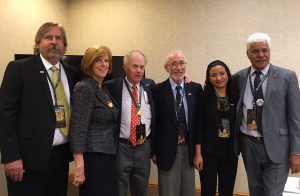


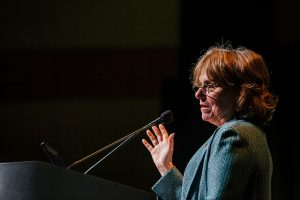
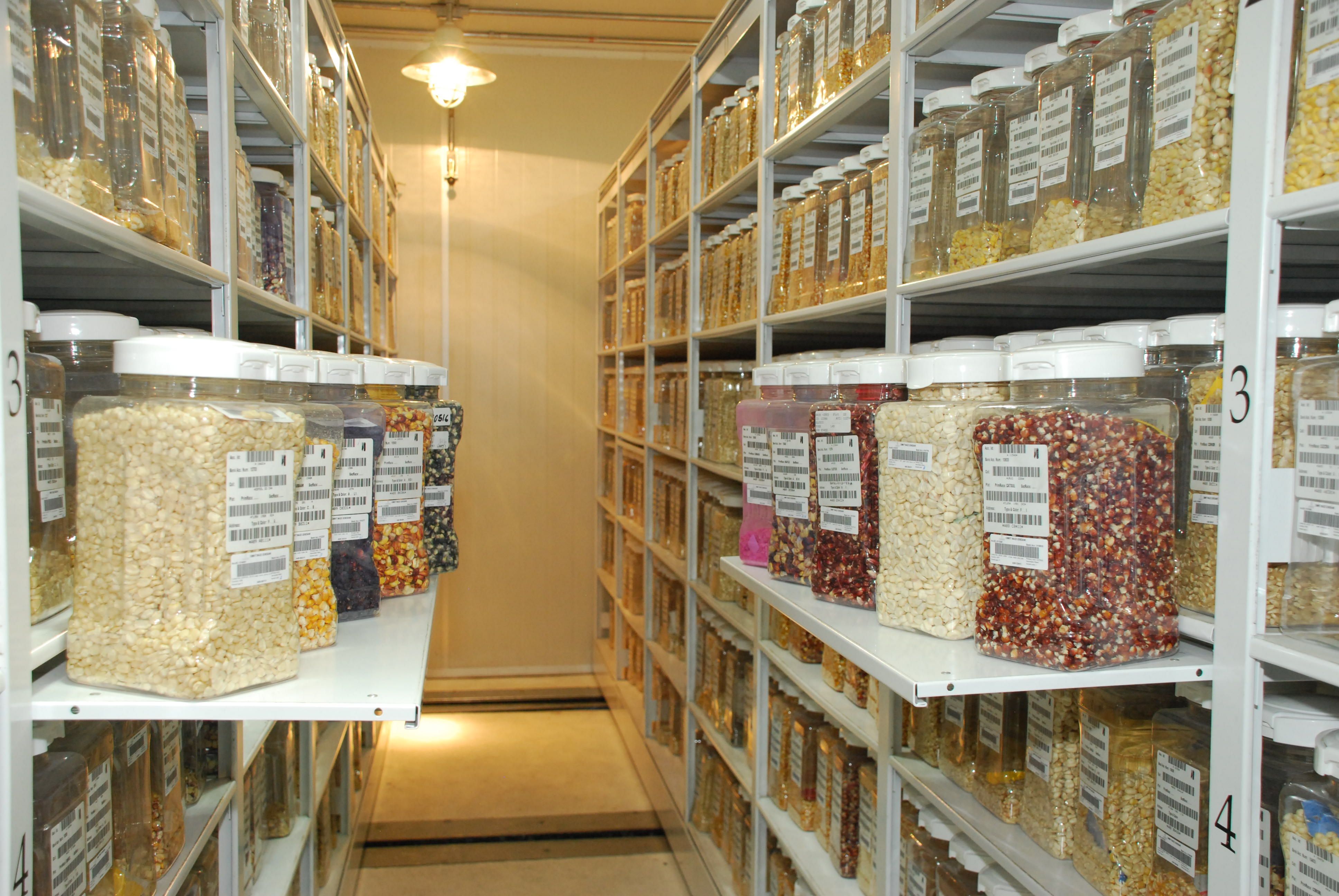
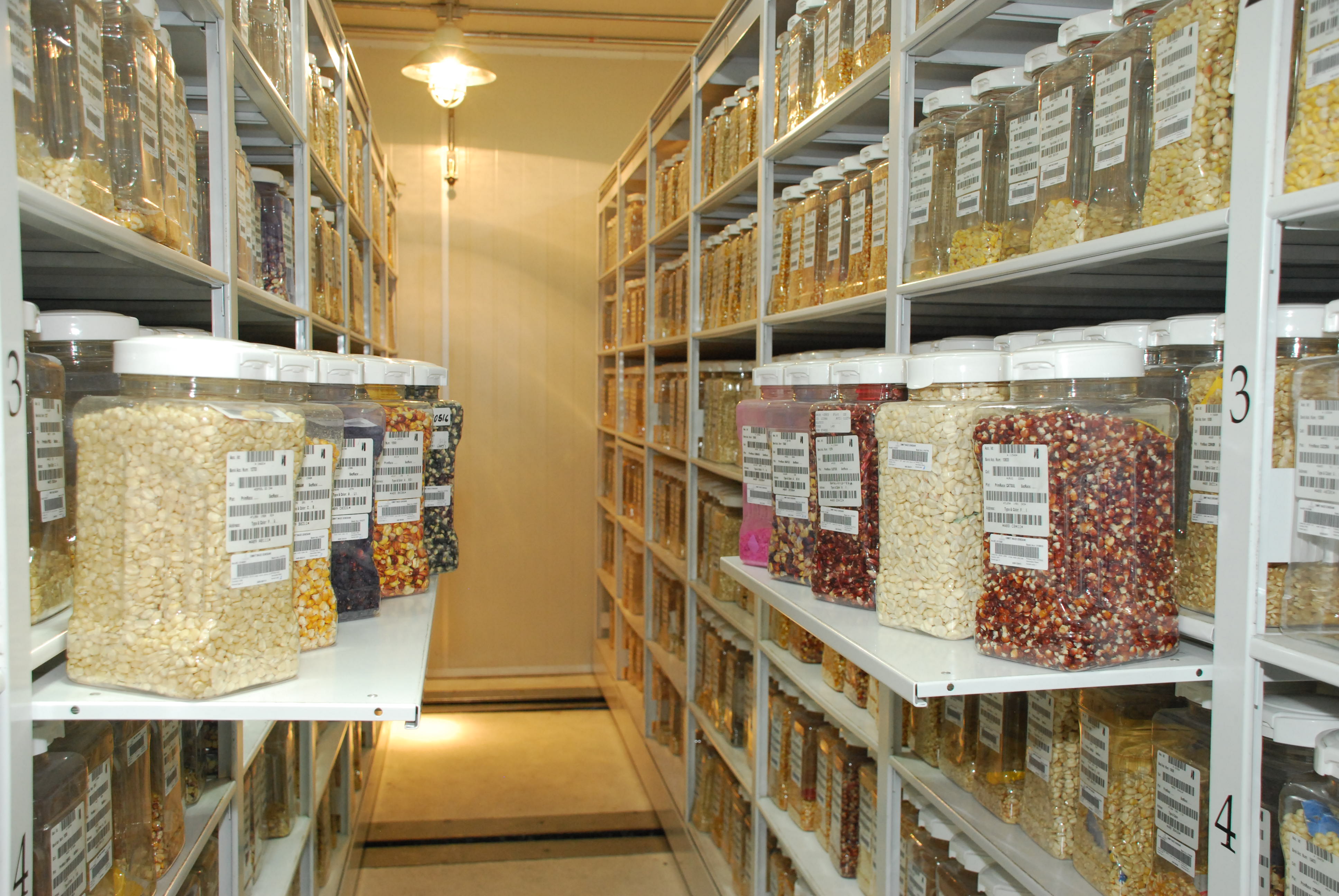


 Acevedo believes her role with the DGGW is the perfect opportunity for her to facilitate how great work done by wheat scientists makes it to the field.
Acevedo believes her role with the DGGW is the perfect opportunity for her to facilitate how great work done by wheat scientists makes it to the field.